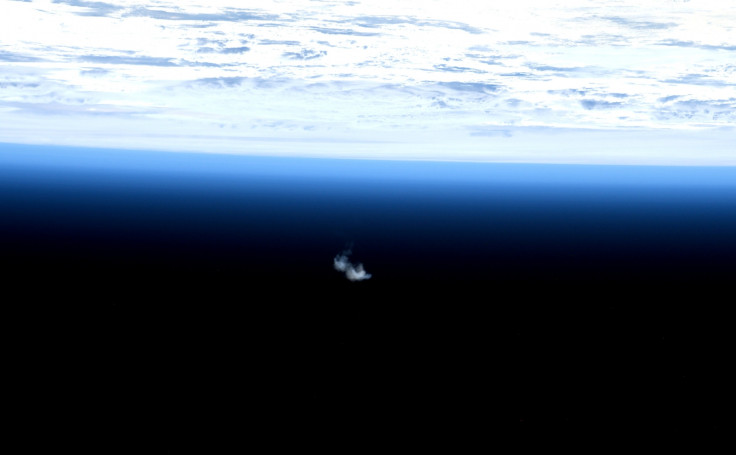ESA's last ATV burns up in atmosphere signalling successful end of supply mission

The European Space Agency's (ESA) fifth automated cargo vehicle completed its mission to the International Space Station on Sunday when it burned up safely on re-entry into the atmosphere.
The Automated Transfer Vehicle (ATV) programme ended up with the craft breaking up as planned at about 6pm GMT (7pm CET).
This marks the completion of a seven-year venture and the beginning of a new one.
ESA's industrial partners are already building the European Service Module, ATV's technical successor, a critical module that will supply power, air and propulsion during the test flight of Orion in 2017.
"It is with a feeling of pride that we look back at our accomplishments on the ATV programme," says Thomas Reiter, Director of Human Spaceflight and Operations.
At the control centre in Toulouse, the end of the project was greeted with emotional scenes, according to an ESA tweet, while Nasa sent its congratulations, also via Twitter.
The automated spaceship, the Georges Lemaitre, is the last of the Automated Transfer Vehicles (ATV) designed to haul fuel, water, experiments and other essentials to the ISS crew.
During their mission, the pressurised units were also used for storage and for living space, and are filled with human waste and rubbish which are burnt during re-entry.
The ATV has seen five launches in six years following its 2008 debut, delivering over 31,500kg of supplies across the period.
The vehicles, measuring 11 metres (32.5 feet) long and weighing around 20 tonnes at launch, have boosted the Station to raise its orbit numerous times and moved it out of the way of space debris in its low Earth orbit.
The vehicles have perfected the automated docking technique vital for further space exploration, says ESA.
The last ATV, Georges Lemaître, set the record for the heaviest Ariane 5 launch when it took off from French Guiana on 29 July 2014.
The ATV programme constituted ESA's share of the running costs of the International Space Station.
ATV was conceived in 1987, when ideas for an international space station to succeed Russia's Mir complex were beginning to surface. The decision to build it was taken in October 1995 and development began the following year.
The end of the ATV programme means that the ISS's suppliers will now be Russia's Progress freighter, Japan's HII Transfer Vehicle (HTV) and the Dragon and Cygnus craft built by two Nasa-contracted private US firms, SpaceX and Orbital Sciences.
However, Orbital Sciences suffered a major rocket failure in October, forcing an end to its supply missions until further notice.
© Copyright IBTimes 2025. All rights reserved.





















